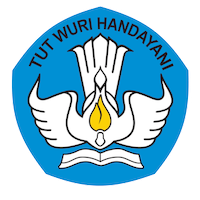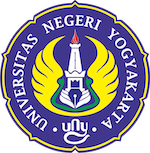In Sambeng II, Poncosari village, Srandakan, Bantul, Yogyakarta, there are 52 people working as cattle raisers. Each group has at least 2 – 3 cows, while one cow produces 23,59 kg dung / day. The dung is usually piled up into dung middens at the back of the cowshed, yet commonly never used in an optimal way.
Hence, a team of Yogyakarta State University students named Muhammad Hanafi (Education Policy), Muhibbul (Education Technology), Anisa Anggraeni, Cici Nurmaidha Tanjung, and Rian Nurhasanah (Biology) have constructed a biogas installation and bioslurry as renewable energy sources.
Hanafi explained, the biogas installation has digester with the size of 4m3 that is able to generate methane up to 0,8-1,6 m3 and bioslurry up to 20-40 liters. Currently, the metane produced is used by the two local residents Agus Purwanto and Hartono, to cook
Anisa as a member of the team suggested that the bioslurry has been processed into liquid fertilizer in verticulture garden where a number of beverages such as spinach, pepper, tomato, and eggplant are planted. They are planted using mineral water bottle size 1500 ml and a pipe positioned vertically.
Bioslurry contains both macro and micro nutrients that are necessary to plant growth. The macro nutrients include Nitrogen (N), Phosphor (P), Potassium (K), Calcium (Ca), Magnesium (Mg), and Sulfur (S). Meanwhile, the micro nutrients consist of Iron (Fe), Manganese (Mn), bronze (Cu), and Zing (Zn). Most importantly, the Nitrogen contained in the bioslurry is better than that of the ‘fresh’ dung. The Nitrogen in the bioslurry is much easier to absorb by plants.
“The economic analysis on the use of fire wood as fuel has shown that biogas per unit is much more cost-effective than LPG and kerosene. (witono)





